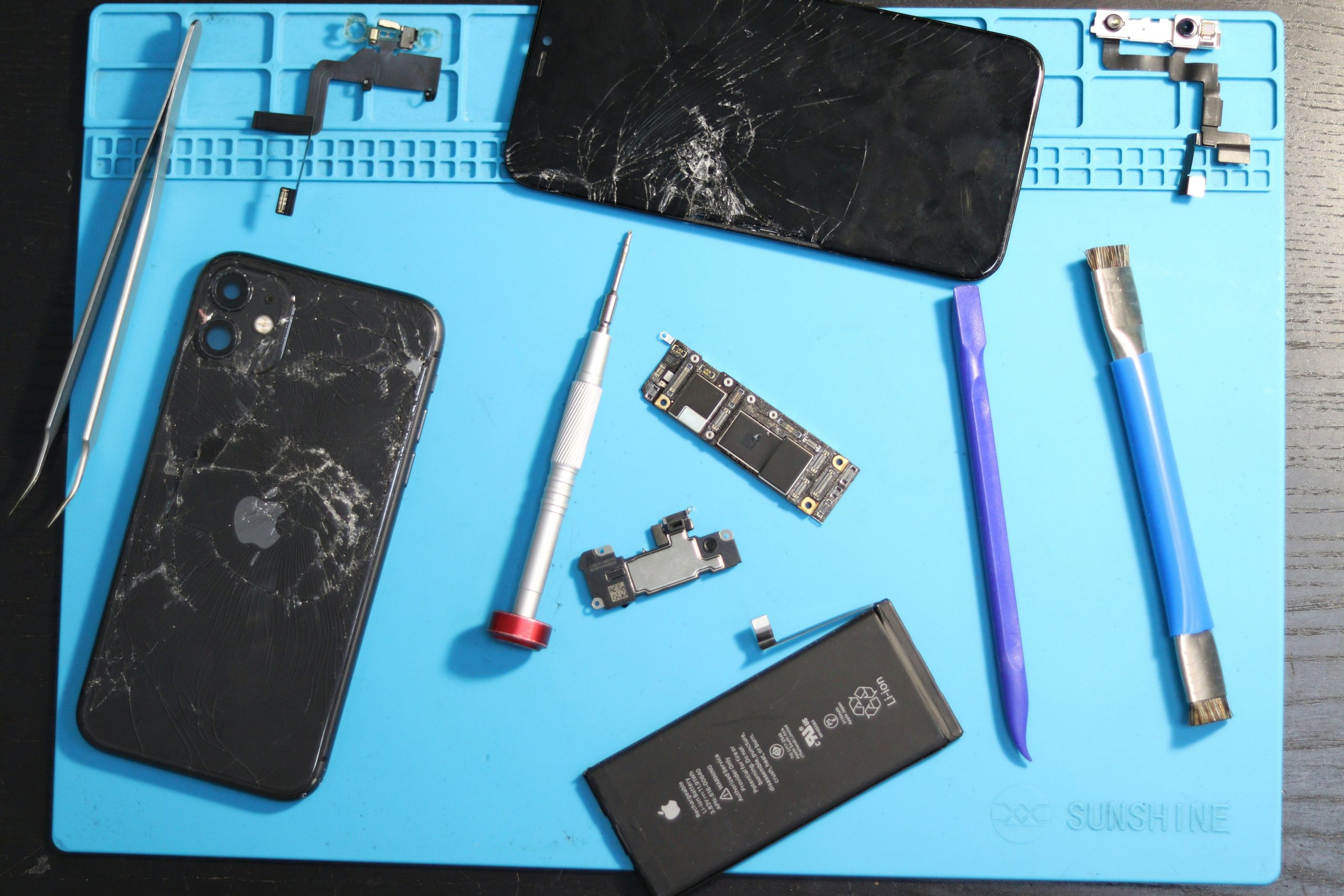Ever bought a shiny new laptop only to have it break down just after the manufacturer’s warranty expired? Yeah, us too. High-value electronics like laptops, smartphones, and gaming consoles are investments we rely on daily—but they’re also prone to sudden meltdowns. Fortunately, if you’re savvy about your credit card perks, you might already have a secret weapon: extended warranties.
In this guide, we’ll dive into how credit card extended warranties can provide High-Value Electronics Coverage for your gadgets. You’ll learn why it’s worth leveraging this benefit, how to maximize it, and real-life examples of people who’ve saved big using this strategy. Let’s jump in!
Table of Contents
- Key Takeaways
- Section 1: The Problem with Expensive Electronics—Why They Break at the Worst Times
- Section 2: Step-by-Step Guide to Using Your Credit Card’s Extended Warranty
- Section 3: Tips for Maximizing High-Value Electronics Coverage
- Section 4: Real-Life Examples of Savings from Extended Warranties
- Section 5: FAQs About Credit Card Extended Warranties
Key Takeaways
- Credit cards often offer extended warranties that double or even triple the original manufacturer’s coverage period.
- This perk is especially valuable for expensive electronics like laptops, TVs, and smartphones, which are prone to costly repairs.
- You need to keep receipts and warranty documents organized to make claims easier.
- Not all credit cards have the same terms; premium cards may provide better coverage limits.
- Beware of exclusions like pre-existing conditions or accidental damage not covered under these policies.
The Problem with Expensive Electronics—Why They Break at the Worst Times

I once spent $2,000 on a top-of-the-line gaming PC. Spoiler alert: It died exactly one day after its one-year warranty ended. Talk about bad timing! When high-value electronics fail unexpectedly, it feels like someone snuck into your wallet while you weren’t looking.
Here’s the brutal truth:
- Manufacturer warranties usually last only 12 months—and let’s be honest, most devices start acting up right around month 13.
- Purchasing separate extended warranties from retailers can cost hundreds of dollars more.
- Repair shops charge exorbitant fees unless you have third-party protection.
Sounds like a nightmare, doesn’t it? That’s where credit card extended warranties come to the rescue—literally pulling cash back into your pocket when things go south.
Grumpy Optimist Dialogue:
Optimist You: “Extended warranties sound amazing!”
Grumpy You: “Yeah, but wait until you see how much paperwork they demand.”
Step-by-Step Guide to Using Your Credit Card’s Extended Warranty

Filing a claim isn’t rocket science, though it does require some prep work. Follow this foolproof plan:
- Check Eligibility: Not all purchases qualify. Review your credit card policy (usually available online) to ensure your item falls within covered categories.
- Keep Proof of Purchase: Always save your receipt and warranty booklet. Pro tip: Snap digital photos of them so you don’t lose track later.
- Contact Customer Support: Before heading to a repair shop, call your credit card issuer first. They’ll confirm eligibility and explain next steps.
- Submit Claim Documentation: Gather everything they ask for—receipts, warranty info, proof of failure—and send it off via mail or email.
- Track the Process: Stay on top of updates. If something seems off, follow up persistently (like calling customer service weekly if needed).
Rant Time: Seriously, why do companies make claiming warranties feel harder than climbing Mount Everest? It shouldn’t take three emails, two forms, and a signed affidavit just to fix a busted tablet!
Tips for Maximizing High-Value Electronics Coverage

To get the most out of your credit card extended warranty benefit, consider these pro tips:
- Choose the Right Card: Look for premium cards offering robust coverage ceilings (e.g., Chase Sapphire Preferred covers up to $10,000 per claim).
- Avoid Overlapping Policies: Don’t buy extra retailer warranties blindly. They could overlap with what your card already provides.
- Read Fine Print Carefully: Some cards exclude certain brands or types of damage. Knowing the rules upfront saves headaches later.
- Organize Documents Digitally: Use cloud storage apps like Google Drive to store scans of receipts and warranty papers safely.
- Talk to a Human: Automated systems rarely give clear answers. Speaking directly to a representative often expedites resolution.
Terrible Tip Disclaimer: Whatever you do, don’t assume all cards are created equal. Basic cards might slap you with laughably low coverage caps—definitely not chef’s kiss material.
Real-Life Examples of Savings from Extended Warranties
Meet Sarah. She dropped $1,500 on a sleek new TV that fried itself two years later. Thanks to her American Express Platinum card’s extended warranty, she got reimbursed fully without spending another dime.
Or take Mike, who thought his MacBook was toast until he discovered his Citi Premier card doubled AppleCare’s original coverage. Instead of shelling out $800 for repairs, he walked away paying zero.
These aren’t isolated cases. Thousands of consumers quietly benefit from this hidden gem every year—if only they knew to look for it.
FAQs About Credit Card Extended Warranties
Do All Credit Cards Offer Extended Warranties?
Nope. While many premium cards do, basic ones typically don’t include this feature. Check your cardholder agreement or contact customer support for specifics.
Is There a Limit to What My Card Will Cover?
Yes. Most programs cap individual claims between $1,000-$10,000 and total annual benefits around $20,000-$50,000 depending on the issuer.
What Happens If My Item Is Stolen or Damaged Accidentally?
Unfortunately, theft and accidental damage are generally excluded. For those scenarios, look into rental insurance or standalone gadget insurance instead.
Conclusion
High-value electronics are indispensable yet fragile companions in our tech-driven lives. Thankfully, understanding and utilizing your credit card extended warranty means no longer needing to stress over untimely breakdowns. By keeping documentation organized, knowing your policy details, and staying proactive, you’ll turn potential disasters into minor inconveniences.
Like a classic Tamagotchi, your finances need daily care—don’t neglect this easy win!



